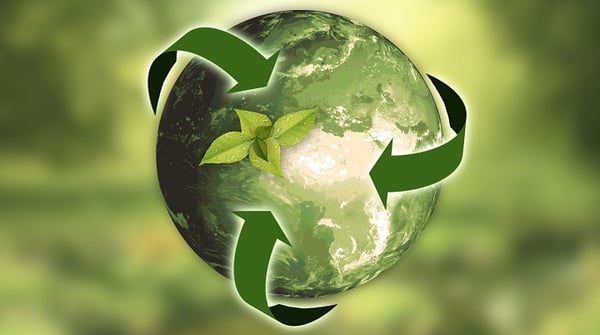At Amazon Filters, we produce and globally supply top-of-the-line liquid filtration equipment used in every application imaginable. Our filter housings and assemblies are bespoke and individually designed for their specific application and the filter cartridges themselves are independently replaceable, providing our customers with complete flexibility.
Our filters
We appreciate that producing any product, especially one that implements a replaceable element, has a serious impact on the environment. From the materials used, to the processes involved, we do not take our responsibility to the environment lightly.
We are determined and committed to reducing our impact on the environment as much as possible, as well as in developing processes and relationships that allow our customers to dispose of our replaceable products in the most efficient and environmentally friendly way possible.
This is where our long-standing partnership with Veolia comes in.
Veolia is one of the UK’s leaders in environmental solutions, providing a comprehensive range of waste, water and energy management services with the core aim being for the preservation of the environment.
We’ve partnered with Veolia to implement their innovative Waste to Energy program using our discarded filters. Discarded filters are directed to Veolia Waste to Energy plants to be recovered into energy.

How does energy recovery work?
You may be familiar with the term “Reduce, Reuse, Recycle”. It’s a common phrase used to promote a greener attitude towards the environment. It tells us to reduce our waste first, secondarily re-use our waste and finally recycle our waste. The recommendation is to approach it in that order, working your way down the hierarchy of waste. For instance, you should work to reduce your waste before focusing on recycling it.
However, it’s not the whole story. This is what’s known as the “waste hierarchy” and there are more steps below reduce, reuse and recycle. The step that comes after this is called “Recover”.
Everything stores energy, including our filters. The recovery phase of the waste hierarchy is about recovering that stored energy, instead of committing it to be locked away in landfill. This is how a Waste to Energy plant operates.
A Waste to Energy plant uses waste in an incineration process which produces energy. The energy is harnessed in a similar way to coal and nuclear plants, using water and steam turbines. However, the exhausts from a Waste to Energy (WtE) plant are highly filtered and cleaned, producing less pollution (and more energy) than if the waste were to be sent to landfill.
Sending our filters to a WtE plant, helps protect the environment by recovering energy spent during its manufacture and reducing the pollution caused when disposed of via landfill.
If you have any questions about our WtE initiative or would like to learn more about our filters and filtration systems, just Ask Amazon.

